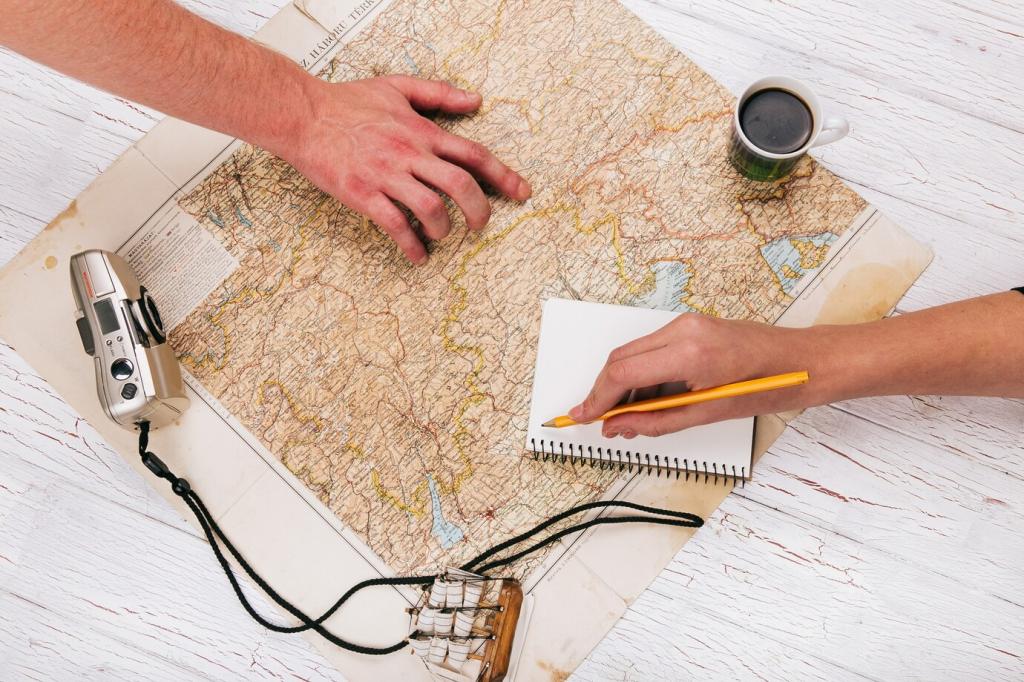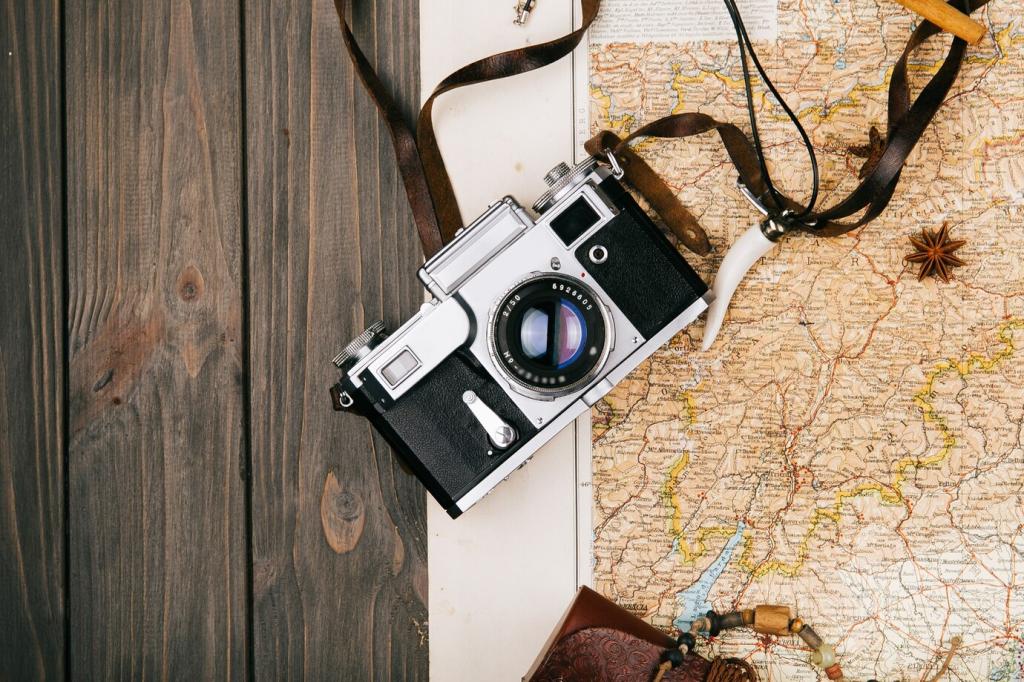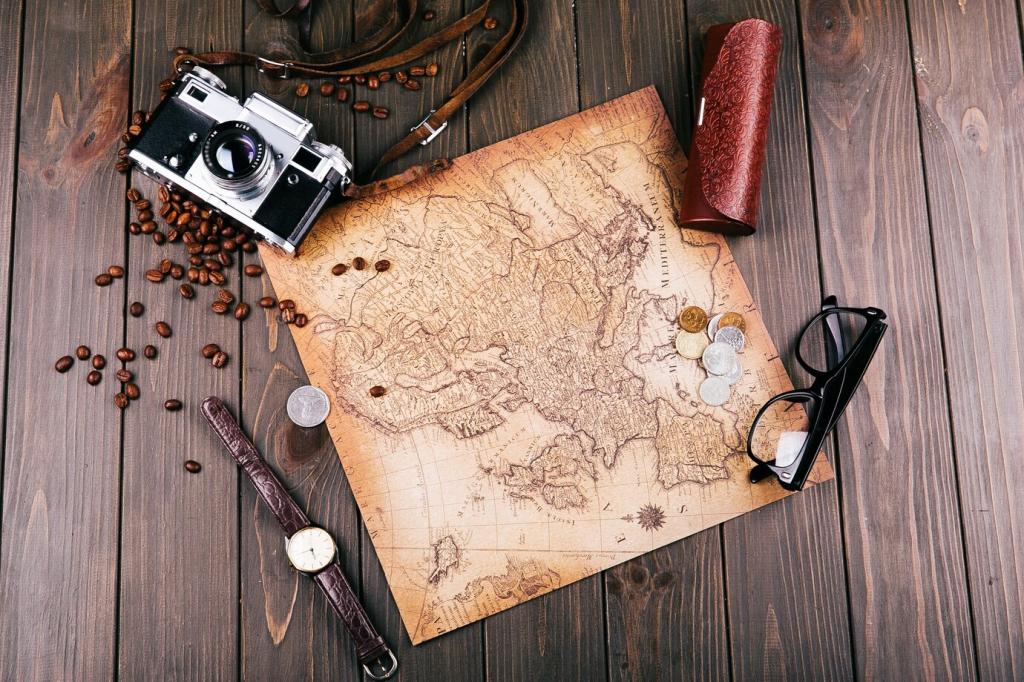Essential Seasonal Mountain Hiking Gear Checklist
Chosen theme: Essential Seasonal Mountain Hiking Gear Checklist. Welcome to your year-round guide for safer, happier ascents. Explore what to pack for winter ice, spring mud, summer sun, and autumn storms—and subscribe to get printable checklists and trail-tested updates.
From Cold Snaps to Heatwaves: Risk Reduced by Routine
Mountains create microclimates that shift fast. A repeatable checklist routine helps you account for those shifts, whether windchill bites in a shaded gully or radiant heat scorches a high, exposed ridge.
A Quick Story: The Microspikes That Saved a Descent
One March, slush turned to glaze by afternoon. A hiker who nearly left microspikes behind checked the list, packed them anyway, and breezed past icy switchbacks while others tiptoed nervously down.
Join In: Improve the Checklist Together
Add your seasonal must-haves in the comments and tell us which items you promote to permanent status. Your experience helps others avoid common pitfalls and prepares new hikers for tricky conditions.
Layering Systems for Every Season
Base Layers: Moisture Management First
Choose merino or high-wicking synthetics for all seasons. Go lightweight in summer to prevent clammy discomfort and medium or heavyweight in winter to hedge against sweat chill on windy ridgelines.


Mid Layers: Adaptive Insulation That Breathes
Carry a fleece or active-insulation jacket that vents during movement yet traps heat at breaks. In winter, add a lofted puffy for stops, lunches, and unforeseen delays when temperatures suddenly plummet.
Footwear, Traction, and Sock Strategy
Summer hikers often prefer lighter, breathable boots or trail shoes, while winter demands stiffer, insulated options. Match fit with sock thickness and leave toe room to avoid circulation loss in cold.
Hydration, Nutrition, and Stove Choices
Hydration: Insulation and Access Matter
In winter, insulate bottles and store them upside down to prevent frozen lids. In summer, prioritize quick access and electrolyte balance, using filter-ready bottles for streams along your route.
Nutrition: Dense, Unfussy, and Season-Aware
Cold saps energy and appetite, so pack savory, high-calorie options for winter. In summer, emphasize lighter foods that resist melting, and schedule small, frequent snacks to stabilize effort.
Stoves and Fuel: Cold and Altitude Considerations
Canister stoves struggle in frigid conditions; use inverted canister systems or liquid fuel in deep winter. Always practice safe setups, shield from wind, and account for longer boil times at elevation.




Emergency, First Aid, and Repair Kit Essentials
Include blister kits, elastic wraps, pain relief, and antihistamines. Add heat packs for winter and extra electrolyte packets for summer. Practice quick assessments to intervene early when symptoms start.


Emergency, First Aid, and Repair Kit Essentials
Duct tape, zip ties, a small multi-tool, and cordage can fix trekking poles, snowshoes, and torn shells. In winter, add ski straps and spare batteries to keep lights and trackers functional longer.
Packs, Organization, and Weight Trade-offs
01
Summer daypacks can be compact. Winter demands extra liters for insulation, stove, and safety layers. Resist overfilling by pre-laying gear and deleting redundancies before you shoulder the weight.
02
Use dry bags or pack liners to guard insulation. Stage rain gear, gloves, and snacks in outer pockets. In storms, fast access to shells prevents chilling and keeps morale high when weather turns.
03
Before every trip, lay gear out by category: layers, traction, safety, food, water, navigation. Cross-check against the seasonal list, then photograph your layout. Share yours and inspire better habits.


Sun, Bugs, and Environmental Protection
High elevation amplifies UV exposure, even in winter when snow reflects sunlight. Pack broad-spectrum sunscreen, lip balm, sunglasses or glacier glasses, and a brimmed hat to shield sensitive skin.
Sun, Bugs, and Environmental Protection
Bring repellent, a head net for swarms, and lightweight long sleeves. In late spring, consider permethrin-treated fabrics and quick-dry pants that deflect brush while remaining cool during steady climbs.
